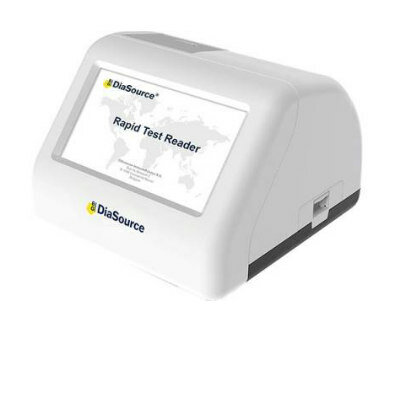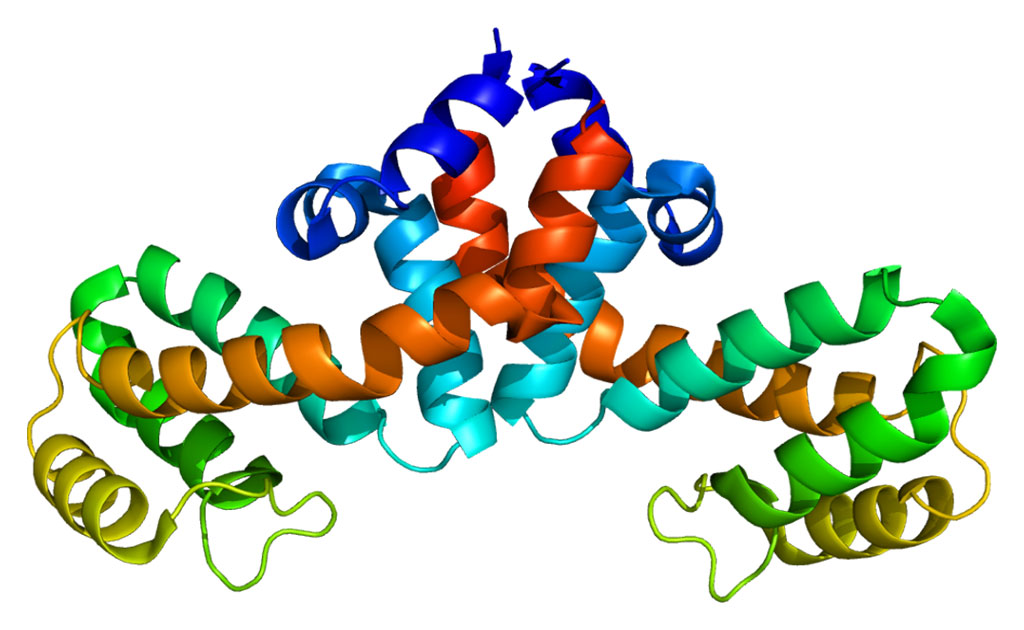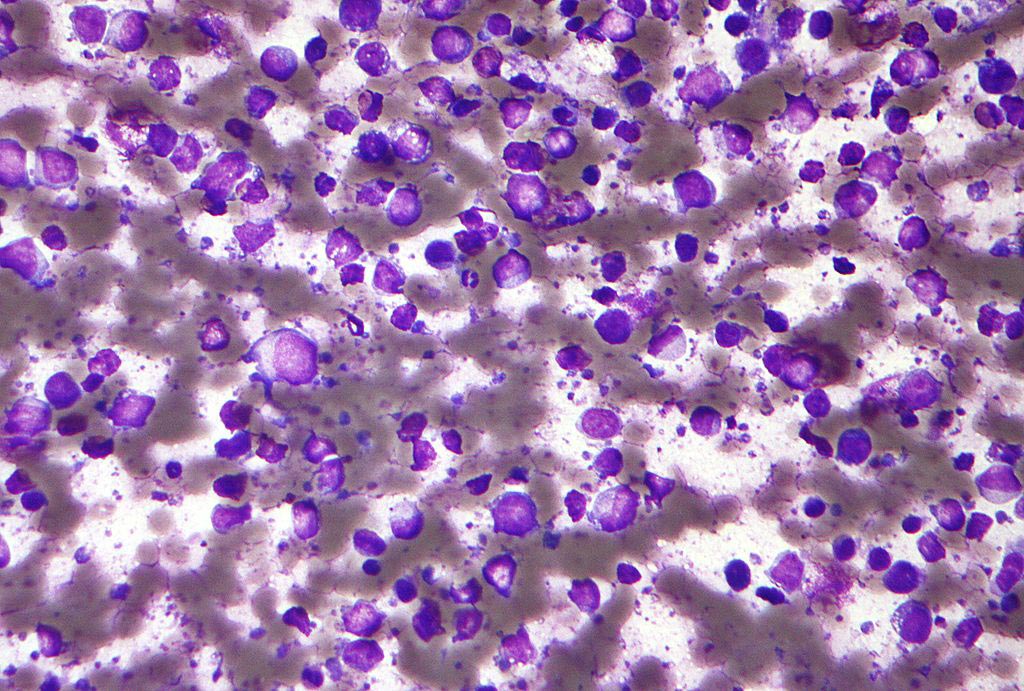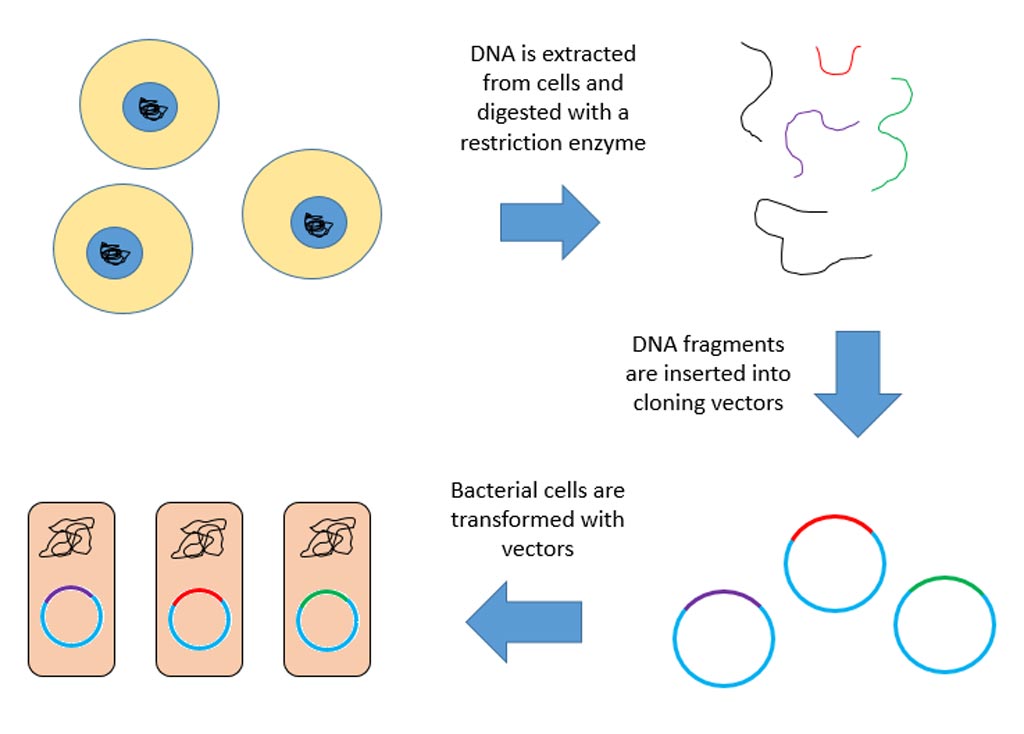Virus Sized Laser Bypasses Diffraction Limit of Light and Enables Ultrafast Operation
By LabMedica International staff writers
Posted on 22 Nov 2012
Scientists have developed an ultrafast single laser device the size of a virus particle that operates at room temperature and could be readily integrated into silicon-based photonic devices, all-optical circuits, and nanoscale biosensors.Posted on 22 Nov 2012
Reducing the size of photonic and electronic elements is critical for ultrafast data processing and ultradense information storage. To this effect, a Northwestern University (Evanston, IL, USA) research team has found a way to further miniaturize a key instrument, the laser. Their study, published September 26, 2012, in the journal Nano Letters, presents a new design for a room-temperature nanolaser based on three-dimensional (3D) Au [gold] bowtie nanoparticle dimers supported by an organic gain material. “Coherent light sources at the nanometer scale are important not only for exploring phenomena in small dimensions but also for realizing optical devices with sizes that can beat the diffraction limit of light,” said Teri Odom, a nanotechnology expert who led the research and a professor of materials science and engineering at Northwestern University. “The reason we can fabricate nanolasers with sizes smaller than that allowed by diffraction is because we made the lasing cavity out of metal nanoparticle dimers structures with a 3D ‘bowtie’ shape,” explained Prof. Odom. These metal nanostructures support localized surface plasmons [collective oscillations of electrons] that seem to have no fundamental size limits when it comes to confining light. Ultrafast resonant energy transfer was found to occur on the picosecond time scale.
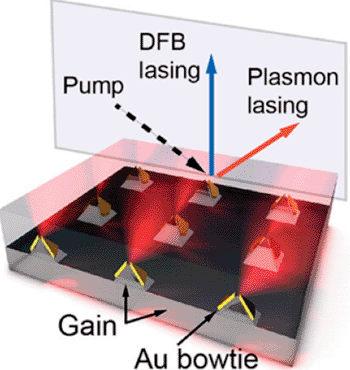
Image: 3D bowtie array underlying the new plasmonic nanolaser technology (Photo courtesy of Northwestern University).
Use of the bowtie geometry has two significant benefits over previous work on plasmon lasers: (1) the bowtie structure provides a well-defined, electromagnetic hot spot in a nanosized volume because of an antenna effect, and (2) the individual structure has only minimal metal “losses” because of its discrete geometry. “Surprisingly, we also found that when arranged in an array, the 3D bowtie resonators could emit light at specific angles according to the lattice parameters,” said Prof. Odom.
Related Links:
Northwestern University







